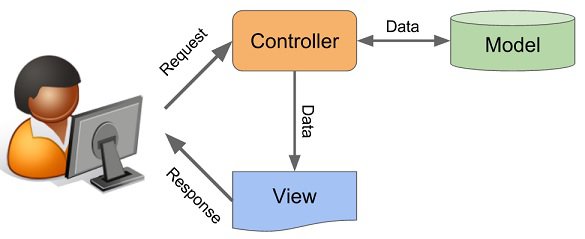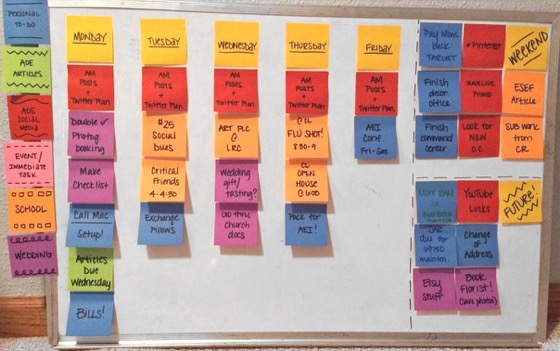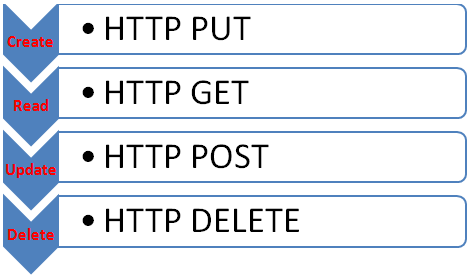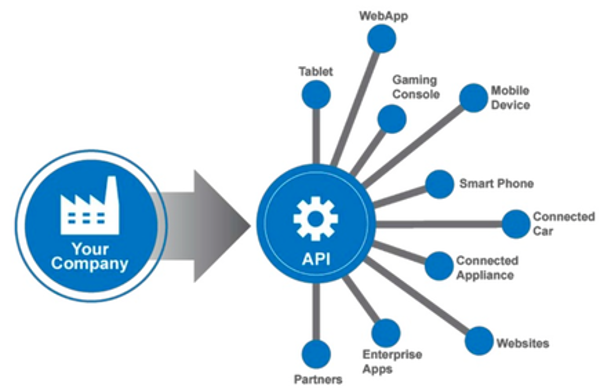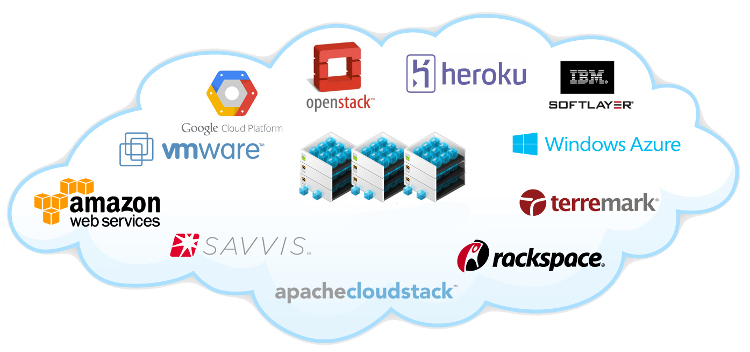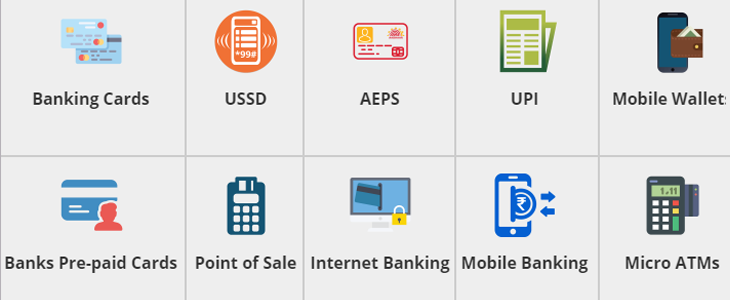You know the local grocery shop on the same street as your home. There is one shopkeeper, also the proprieter, who takes care of business. You go in and he smiles as you greet each other. You tell him what you want. He personally goes to the shelves and brings the stuff back to you. If it isn’t available, he’d tell you that too. After all the items you wanted are in your shopping bag, you hand the shopkeeper his due money, which he takes with a smile. After greeting each other once again, you leave.
This shopkeeper has it easy, even though he does all the work by himself. This is because he has simplified his business by making sure that he serves a small community. He has inventory that he can count on his fingers and only enough customers that he can personally deal with. What if he were to take orders over phone too? He’d have to manage delivering those items too. What if he were to serve customers from the entire city? More work for him. Very soon, that friendly smile on his face will disappear and he will feel an unquestionable need to split his role at the shop to multiple persons he can employ and manage. Continue reading “Streamline your system with the MVC model”
